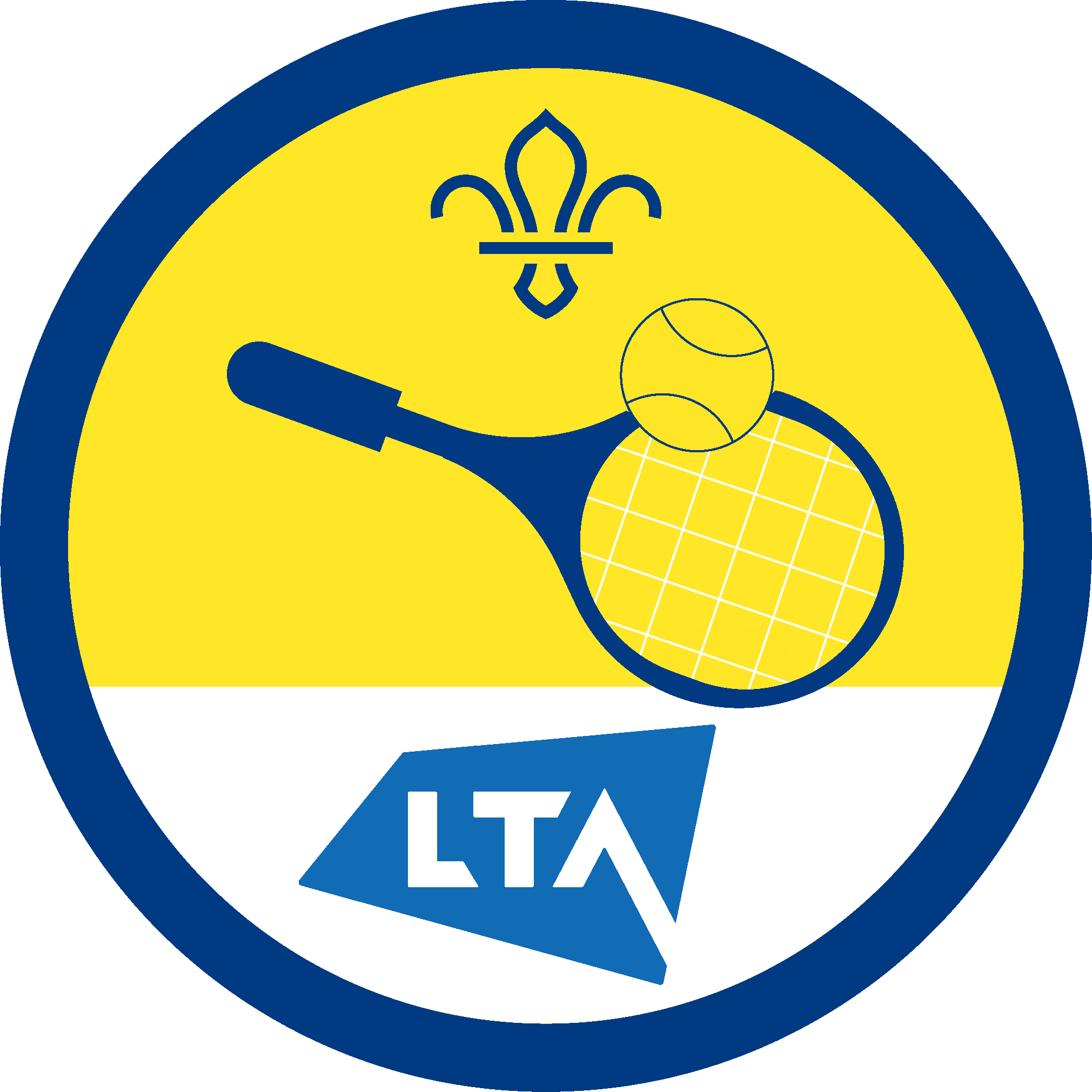Show what you know
You’ll need
- Any uniform or equipment needed for the chosen sport/s
Set the stage
- Before hosting your martial arts exhibition as part of your section meeting, make sure you know who will be performing and which sport they have been studying. Speak to everyone in the group about who they would like to invite, such as parents or their martial arts instructor.
- Prepare some directions or commands which will allow everyone to demonstrate the skills and techniques they have acquired. If everyone has been learning different martial arts, make sure that your instructions are as broad as possible. As some of the key principles of these sports are self-defence, posture, and manners, you could ask:
- Assume your opening (or neutral) stance.
- Demonstrate a strike with your front/back arm.
- Demonstrate a kick with your front/back leg.
- Show how you would retreat from an opponent.
- Select two or three movements and perform them in sequence. (If you have learnt a kata, you could demonstrate it at this point.)
- Perform your favourite movement.
- Perform the movement you are proudest of having learnt.
- Show how you would greet and thank an opponent at the beginning and end of a competition.
Start the show
- Ask everyone participating to get in a line at the front of the room, or in circles facing inwards. For those who are not taking part, get them involved by asking questions, calling out instructions, or simply cheering on their peers.
- Celebrate everyone’s achievements at the end. Just as the practice of martial arts is about commitment and resilience, working towards this badge also relies on those fundamentals, so use this time to acknowledge that.
Reflection
The aim of this activity is to encourage one another to be more physically active, more confident and more positive. Ask everyone which movement they most enjoy, or are most proud of themselves at having mastered. Take some time to discuss what each person would like to do next.
Everyone could consider: Do you want to continue learning their chosen martial art, try out a different sport, or perhaps take up an entirely new hobby? Have the skills you’ve learnt from your chosen activity given you the confidence to try something new? Was there anything you learnt whilst working towards this badge that you think will help you in other sports or activities you do? (This could be the importance of regularly practising something in order to get better at it). How has this activity, by performing it in front of one another, changed your attitude towards your chosen sport?
Safety
All activities must be safely managed. You must complete a thorough risk assessment and take appropriate steps to reduce risk. Use the safety checklist to help you plan and risk assess your activity. Always get approval for the activity, and have suitable supervision and an InTouch process.
Adjust the instructions to make sure that everyone is able to demonstrate their own personal learning and improvements. Make sure you have basic directions and commands that all participants can follow, but also allow them to challenge themselves if they have studied their martial art for longer or are more confident in it.
Make sure to talk with anyone whose study of a martial art has been adapted to suit their needs, and account for this within the exhibition by creating broad directions which everyone is able to respond to in some way.
All Scout activities should be inclusive and accessible.
This requirement combines nicely with requirement 2, so it is worth considering merging the two together. You could hold discussions with young people before or after the exhibition.


